
13 Survival Tips for Canoe Tripping with Children

Children can be a challenge on canoe trips. But it’s not all aggravation and sacrifice. The truth is, even toddlers can teach seasoned trippers much about how to enjoy being out there. It’s not just their simple needs and infectious enthusiasm. By adapting to their schedule and abilities, you might adopt a welcome change of pace. Cut those kilometres by three quarters, schedule in some rest days (note: they’re not for resting, they’re for exploring).
Just remember, you aren’t out there to “toughen them up.” Canoe tripping might be good character building for them, but that should happen by accident, over time. For now, the name of the game is having fun. It works best if you start with yourself.
Take the Right Toys

Is a dipstick bubble blower the perfect toy for a canoe trip? Yes. Kids can while away the hours in the canoe blowing bubbles into the breeze. You’ll appreciate it even more when you realize you forgot the dish soap. Glowsticks also liven up any evening and are handy nightlights in the tent. Less perfect toys include sponge-like stuffed animals, but sometimes kids will have the last word. Don’t forget the watercolours and sketch pad.
Sweet Surrender

The law of the forest holds that there’s nothing wrong with buying good behaviour with sweet snacks when introducing kids to canoe tripping. In fact, the importance of having easy access to caloric therapy makes the wearing of a fanny pack almost okay. Fill your fanny and open it often.
Give Them a Map

Consider how much more kids will get out of exploring the wilderness when they can get a sense of the shape of that wilderness. “What’s around the next bend?” “Check the map.” (Note: maybe keep a copy for yourself.)
Scavenger Hunters Always Find What You Want Them To
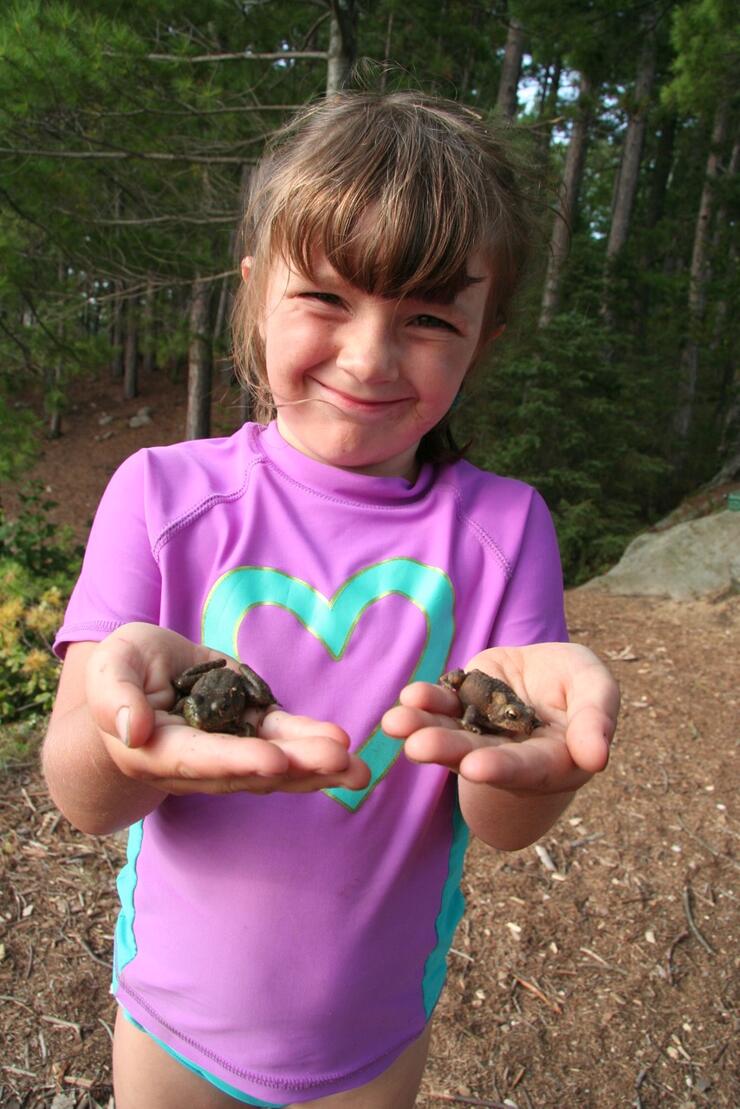
What better way to spur kids to explore and learn about their new campsite than to give them a list of things to find? It works every time.
Give Them Their Own Pack

At some point, you’ll start to resent being an equipment manager for your canoe-tripping children. Lighten your load and teach them responsibility and tripping skills by rejecting the communal packing ethos. Give them their own backpacks, large enough for them to pack and manage what they need, to make their trip warm, dry, and fun.
Handle the Kerfuffle with a Duffle

When you trip with kids, the number of items you need during a day explodes (diapers, snacks, hats, bathing suits, toys, books, sand toys, rock collection). You’ll drive yourself crazy getting it all in and out of tightly wound canoe packs. Give yourself the luxury of having a capacious, zippered sack at your feet for all the day’s inessentials.
Ready, Set, Run
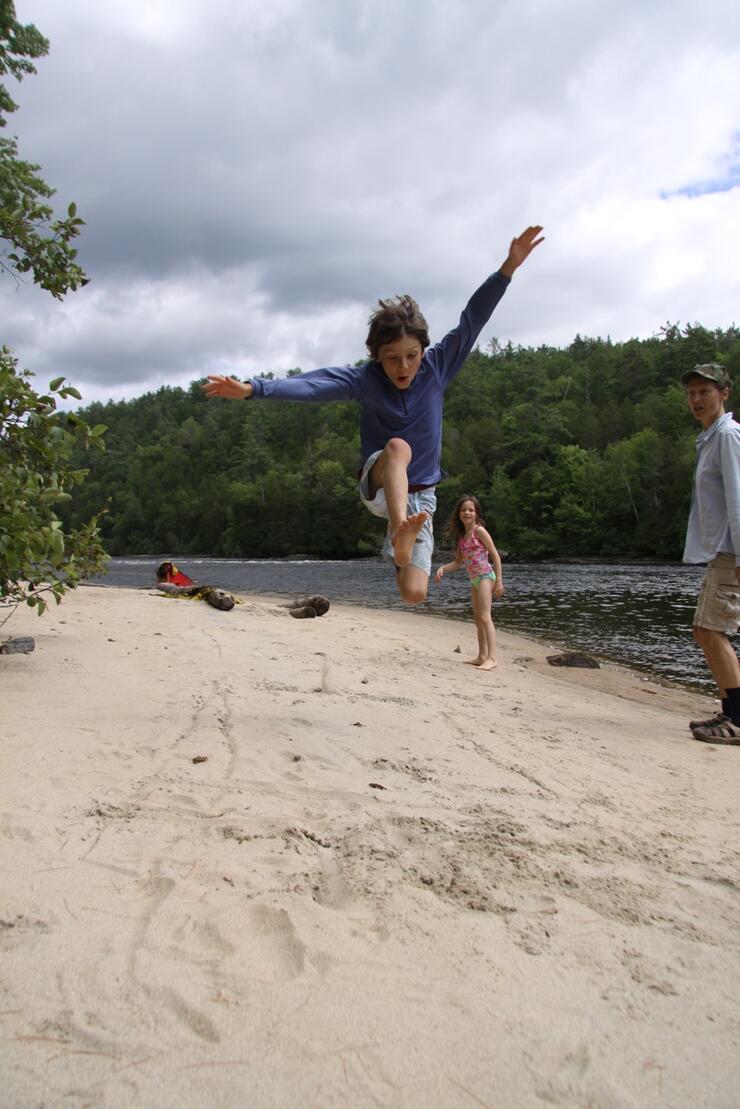
So, you’re sensing a hissy fit is imminent. How long have they been sitting in the canoe? Maybe they just need to stretch their legs. If you see a beach, a scramble route to a lookout, or a portage trail, then cross the lake to let them run wild. Impromptu Olympic events are gold.
EVERYONE HELPS AROUND THE CAMPSITE

Even three-year-olds can collect tinder to start a fire. How about finding a tent site? If you want them to really enjoy it, they’ll have to feel part of it.
Hammocks Are Actually Soft Swings
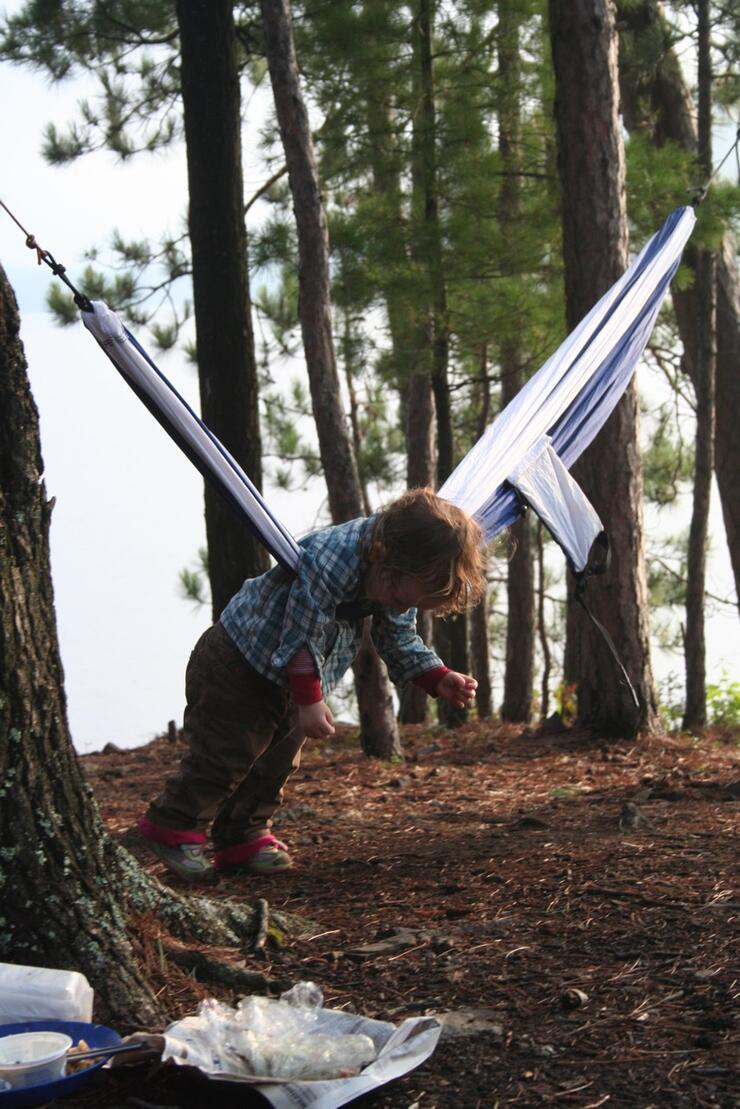
A silk hammock packs up not much larger than a fist and can serve for hours as a swing set or gymnastics prop. Just don’t expect to get to lie in it yourself.
Base Camp Every Other Day

Much of the work at a campsite revolves around setting up or breaking camp. Spend two nights at each site and plan relaxed day trips for the day in between. You’ll move hours from the “work” column into the “relax” and “enjoy” columns.
Fishing can be Frustrating

The truth about fishing (if such a thing exists) is that kids younger than seven will spend more time watching you wrestle tangled line and free snagged hooks than they spend actually fishing themselves. If the children are few in number, or older, it can be a highlight, but don’t rush it.
Minnow/Frog Nets Are Captivating
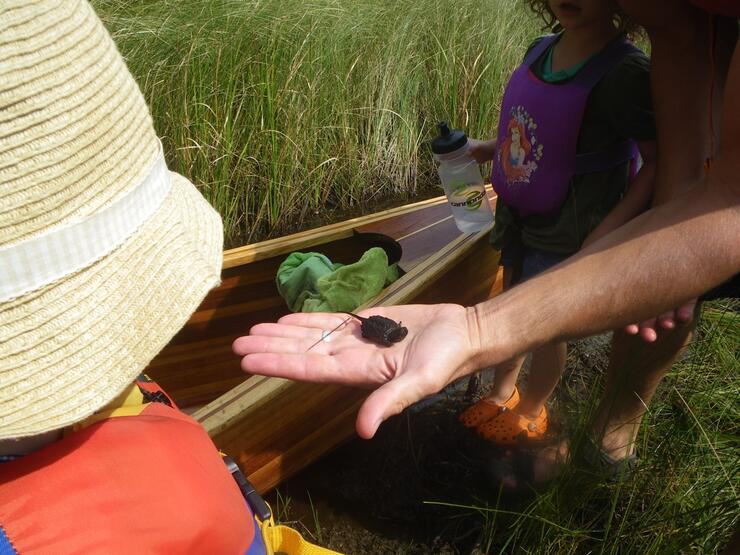
Though annoying on the portage trail, sturdy nets for catching minnows and frogs earn their keep during the hours kids spend exploring nature on their own. Establish some animal husbandry baselines and send them on safari.
Take a Journal Notebook

How many photos of your kids do you have? And how many journal pages on which they’ve written (or dictated, or sketched) how they felt about the first time they paddled down a river, cooked over a fire, slept in a tent, had a morning skinny dip?
ENJOY YOUR ADVENTURE
No doubt you have a lot to teach them about being out there. If you are open to change and can see the world through their eyes, you might just learn a lot from them as well.
Recommended Articles

Ontario’s Blue-Water Lakes
Sun and Sand
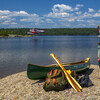
Temagami Canoe Trip Guide

It's Time for a Paddle
The Missing Link of "the Great Trail"

Killarney Canoe Trips

Forget the West

Secret Cascades

Wild whitewater

Backcountry for Beginners

Level Up Your Paddling
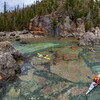
Explore the Slate Islands

The Massasauga Provincial Park Guide

The Steel River

Escape the Crowds

Killarney’s Most Beautiful Lakes
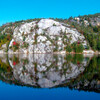
KILLARNEY MAGIC

FIND SOLACE

Haunted Waters













